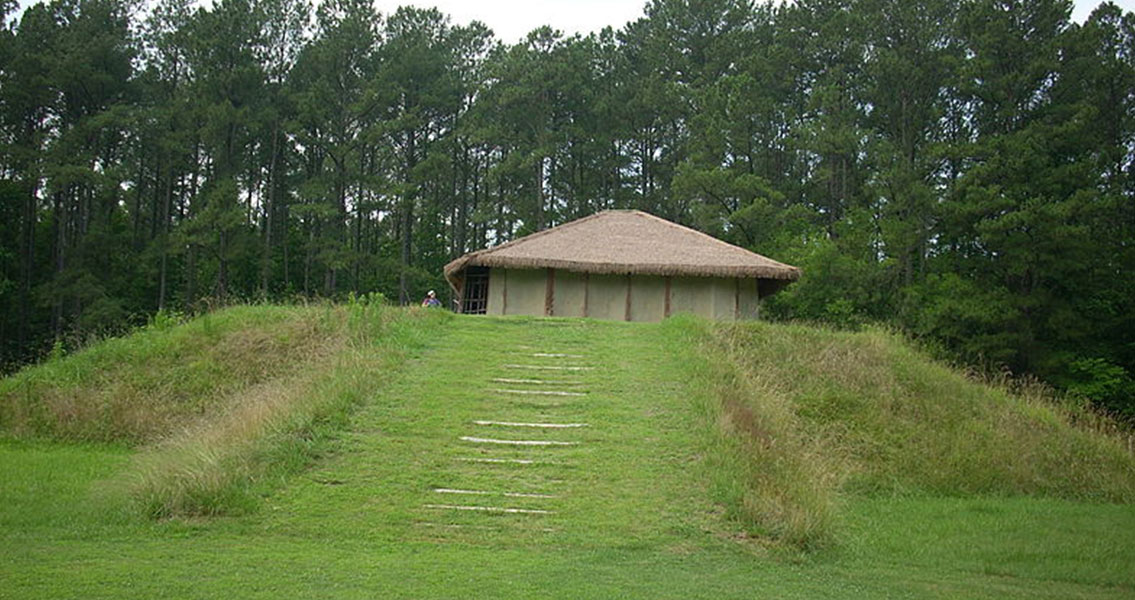<![CDATA[An archaeologist from the East Carolina University working with a team of his students has made a significant discovery at the Town Creek Indian Mound in Montogomery County. The team were digging at the mound when they found what seemed to be an ancient dump site. They discovered pottery shards, pieces of an ancient game called “chunkey”, and a blackened corn cob which seemed to be somebody’s dinner. The archaeologists estimate that the site is about 800 years old. The Town Creek Indian Mound is an ancient Native American archaeological site situated near the town of Mount Gilead in North Carolina. The mound is estimated to have been built in around 1250 AD by the Pee Dee people, a South Appalachian Mississippian culture which originated around 980 AD. Archaeologists call them the Pee Dee as they lived and thrived around the Pee Dee River. The mound was built by placing layers of earth on the ground in increments, it is surrounded by a village and a palisade. It was once thought that the site primarily served ceremonial and ritualistic purposes, but this latest research, led by Tony Bodreaux, has shown that the area was too busy a location to have only been used for special occasions. Bodreaux found that the site was occupied before the Pee Dee, as far back as the Ice Age. He used soil stains to deduce that there had been many buildings on the site, meaning it was occupied over a longer period than is traditionally assumed. The blackened corn cob suggests that the site was home to normal civilian life, and not just rituals. Bodreaux claims that before the Pee Dees made the area their home, there was a village of at least ten houses at the location. Instead of the mound, there were public buildings. When these people died, they were buried in the floors of those buildings. Afterwards, when the mound was built, the dead started to be buried in other places around the site. Bordeaux claims that the mound was built in memoriam of those who had died. So what does this tell us? What the archaeologists have deduced so far is that only powerful people could use the mound, and the corn cob was part of a meal eaten by a powerful person. Bones from passenger pigeons have also been found on the mound in recent times, leading researchers to believe that pigeon may have been a delicacy. Now, the archaeologists are trying to understand how the area changed from a residential area of great activity, to the home of a ceremonial mound. Image courtesy of: Gerry D]]>
Rubbish in North Carolina Mound Reveals Ancient Secrets
